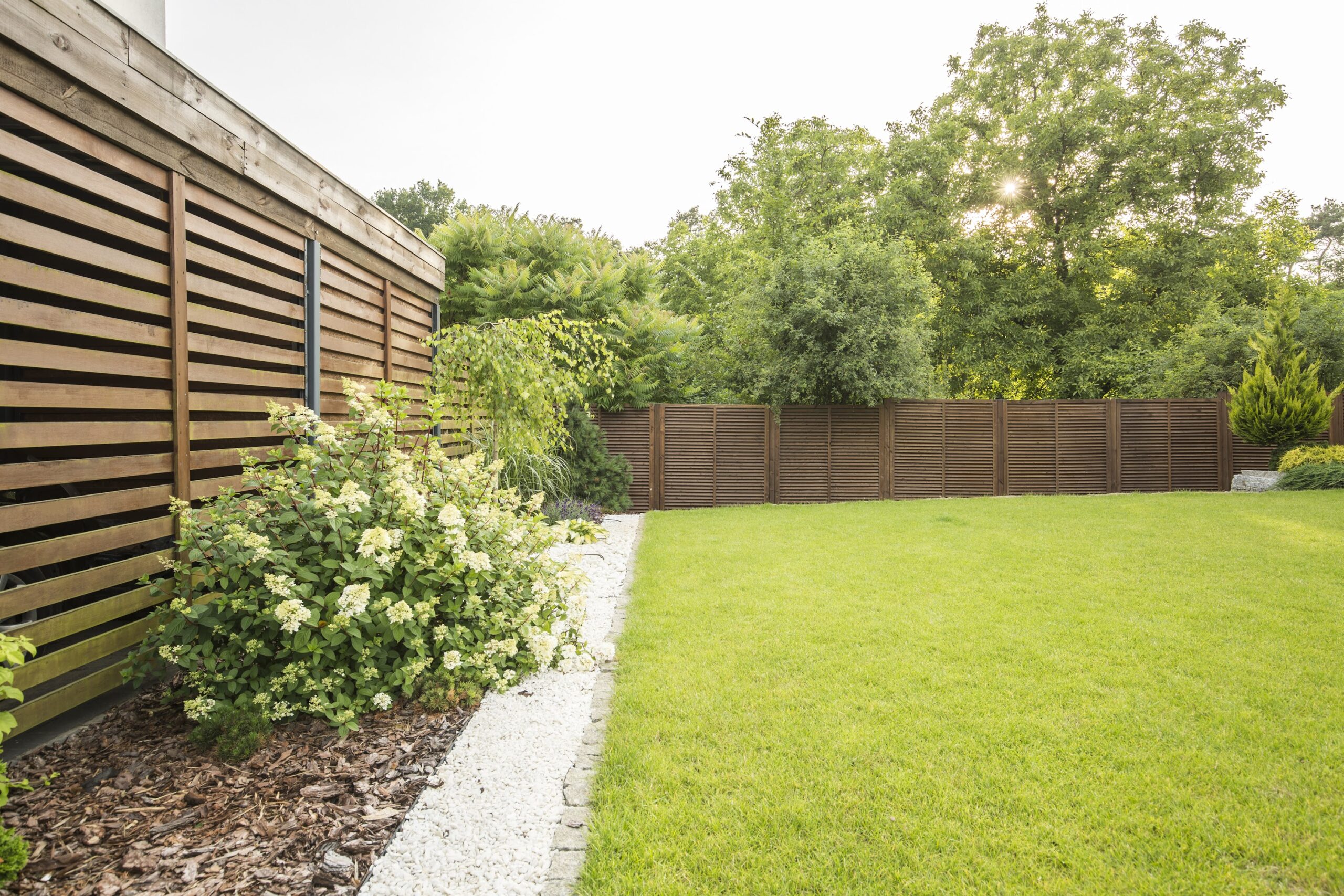
Spring is the best time to get ahead of lawn weeds in North Carolina and Virginia. As the soil warms, weeds such as crabgrass, goosegrass, chickweed, and broadleaf varieties begin to sprout. Once they do, they steal sunlight, nutrients, and space from your grass, so early prevention really matters.
Pre-emergent weed control stops weeds before they grow, helping you avoid tough mid-summer outbreaks and reducing the need for heavier treatments later. When applied at the right time and adjusted for North Carolina and Virginia conditions, it keeps your lawn thicker, healthier, and more consistent all season long.
If you’re looking for reliable crabgrass prevention, broadleaf weed control, or a solid pre-emergent schedule for your area, this guide breaks it all down.
What Is Pre-Emergent Weed Control?
Pre-emergent weed control uses herbicides designed to stop weed seeds from developing. These treatments don’t kill existing weeds. Instead, they create a protective barrier within the top layer of soil, blocking the germination process so seedlings never develop roots or sprouts.
When properly timed, this barrier interrupts the early growth stages of common lawn weeds like:
- Crabgrass
- Goosegrass
- Spurge
- Henbit
- Chickweed
- Other broadleaf weeds
Because pre-emergents work underground, timing is everything. Once a weed breaks the surface, even the most effective product won’t stop it. That’s why homeowners throughout North Carolina and Virginia rely on pre-emergents as the backbone of spring weed control programs.
When to Apply Pre-Emergent in Spring
The biggest misconception about pre-emergent weed control is that it should be done by the calendar.
Crabgrass and other warm-season weeds start germinating when soil temperatures reach roughly 55 to 60 degrees for several consecutive days.
- North Carolina: Soil warms earlier. Most areas need applications between late February and mid-March.
- Virginia: Timing is slightly later, typically early to late March, depending on the region and elevation.
If you apply too late and germination has already begun, weeds like crabgrass will break through, and you’ll need post-emergent treatments instead of preventative ones.
You can monitor soil temperature using local weather stations, online soil temperature maps, or a simple soil thermometer. If you’re using a soil thermometer, check in shaded areas of your lawn.
Once warm days roll in, germination happens fast. Staying ahead of this window is essential for prevention and weed control.
How to Apply Pre-Emergent Weed Control Effectively
Applying pre-emergent correctly is just as important as applying it at the right time.
- Ensure even coverage: Uneven application creates gaps in the protective barrier, allowing weeds to grow in small patches. Use a high-quality broadcast spreader for granular products or a calibrated sprayer for liquid treatments to ensure full coverage.
- Water it in: If you’re using granular products, watering-in activates the herbicide and moves it to the topsoil layer where seeds are beginning to germinate. Without this step, the product sits on the surface and never reaches its target zone.
- Mow before you apply: Shorter grass helps granules reach the soil. Mowing beforehand improves effectiveness without thinning your turf.
- Watch the weather: Heavy rainfall can wash away or dilute the treatment before it has a chance to create a solid barrier. Aim for a calm, dry day, then irrigate lightly afterward.
- Protect the barrier: Avoid aeration, dethatching, or heavy raking after application. Disturbing the soil breaks up the pre-emergent layer, eliminating its weed-preventing power.
Applying pre-emergent every spring helps reduce weed seed populations over time, making each year easier than the last.
Common Mistakes to Avoid
Even well-intentioned DIY weed control goes wrong when timing or technique is off. Here are the mistakes that lead to weed breakthrough:
- Applying too late
- Skipping a year
- Applying too early/in winter
- Using only one application
- Over-watering after application
- Aerating after treatment
Correct timing plus correct technique equals the strongest defense against crabgrass, broadleaf weeds, and other stubborn lawn weeds.
Pair Pre-Emergent Weed Control with Fertilization for Best Results
Pre-emergent weed control works best when it’s paired with a good fertilization plan. Healthy, well-fed grass naturally fights off weeds, and spring fertilization helps your lawn grow thicker and stronger.
Fertilizing in early spring encourages:
- Stronger roots
- Thicker turf that blocks weeds
- Better color and durability heading into summer
Professional lawn care programs like The Green Team’s often combine pre-emergents with slow-release fertilizers to support steady growth. This approach works well across the region’s different soil types, from the heavy clay in Roanoke and Lynchburg to the red clay and sandy soils found in many North Carolina neighborhoods.
Grass that lacks nutrients is more likely to be overwhelmed by weeds. When fertilization and weed control work together, your lawn has the support it needs to stay healthy from early spring through late fall.
Ready for a Weed-Free Lawn This Spring?
Spring weed control comes down to timing and consistency. To keep your lawn healthy and weed-free, it’s important to start early, before soil temperatures rise and weeds begin to sprout.
The Green Team offers weed control and fertilization programs designed specifically for North Carolina and Virginia lawns. Our team understands local soil, weather, and weed pressures, so we can treat your lawn at the right time for the best results.
Starting early means fewer weeds, stronger turf, and less need for heavy treatments later in the season.
Contact The Green Team today to get started with a lawn care program and enjoy a stronger, greener lawn.



